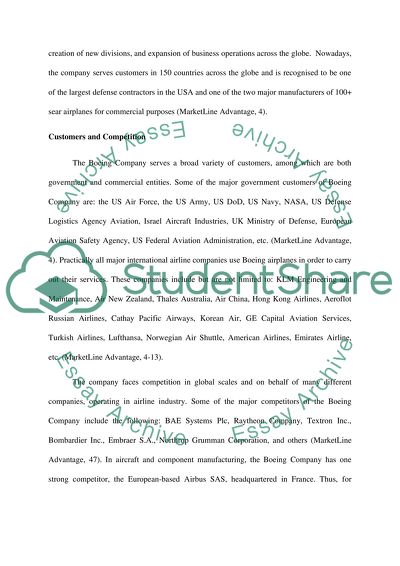Cite this document
(“BOEING Assignment Example | Topics and Well Written Essays - 3750 words”, n.d.)
BOEING Assignment Example | Topics and Well Written Essays - 3750 words. Retrieved from https://studentshare.org/finance-accounting/1697820-boeing
BOEING Assignment Example | Topics and Well Written Essays - 3750 words. Retrieved from https://studentshare.org/finance-accounting/1697820-boeing
(BOEING Assignment Example | Topics and Well Written Essays - 3750 Words)
BOEING Assignment Example | Topics and Well Written Essays - 3750 Words. https://studentshare.org/finance-accounting/1697820-boeing.
BOEING Assignment Example | Topics and Well Written Essays - 3750 Words. https://studentshare.org/finance-accounting/1697820-boeing.
“BOEING Assignment Example | Topics and Well Written Essays - 3750 Words”, n.d. https://studentshare.org/finance-accounting/1697820-boeing.


